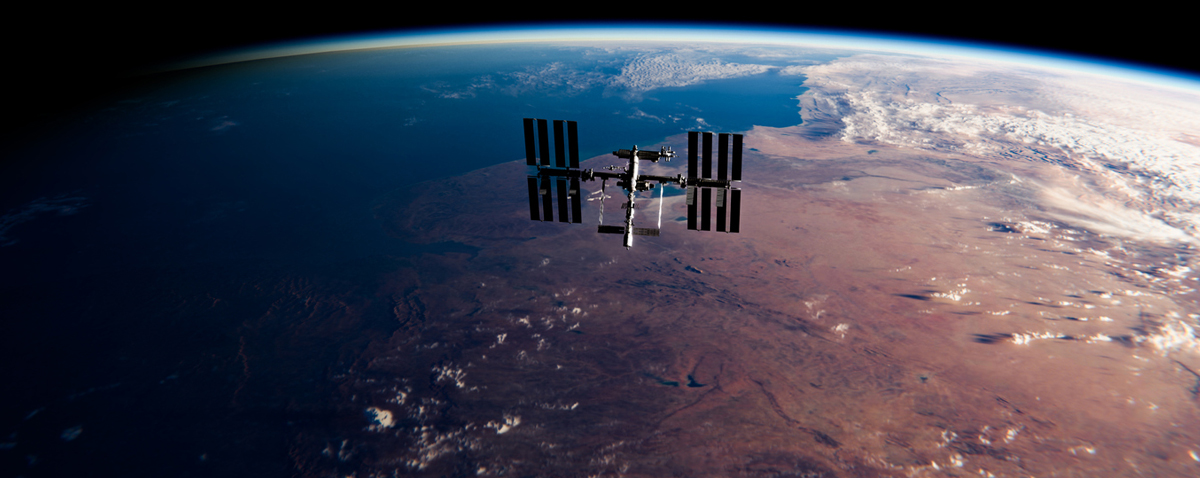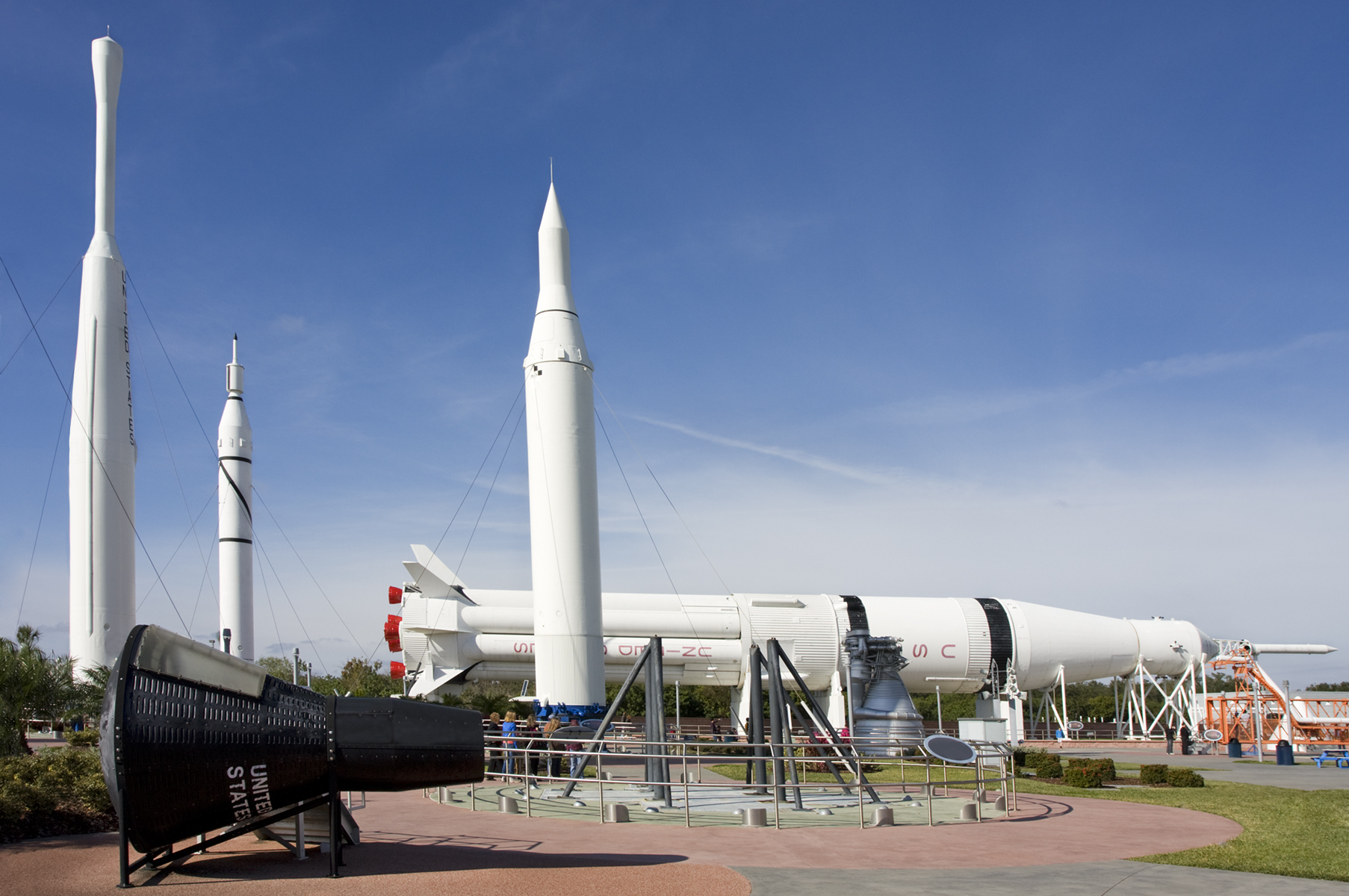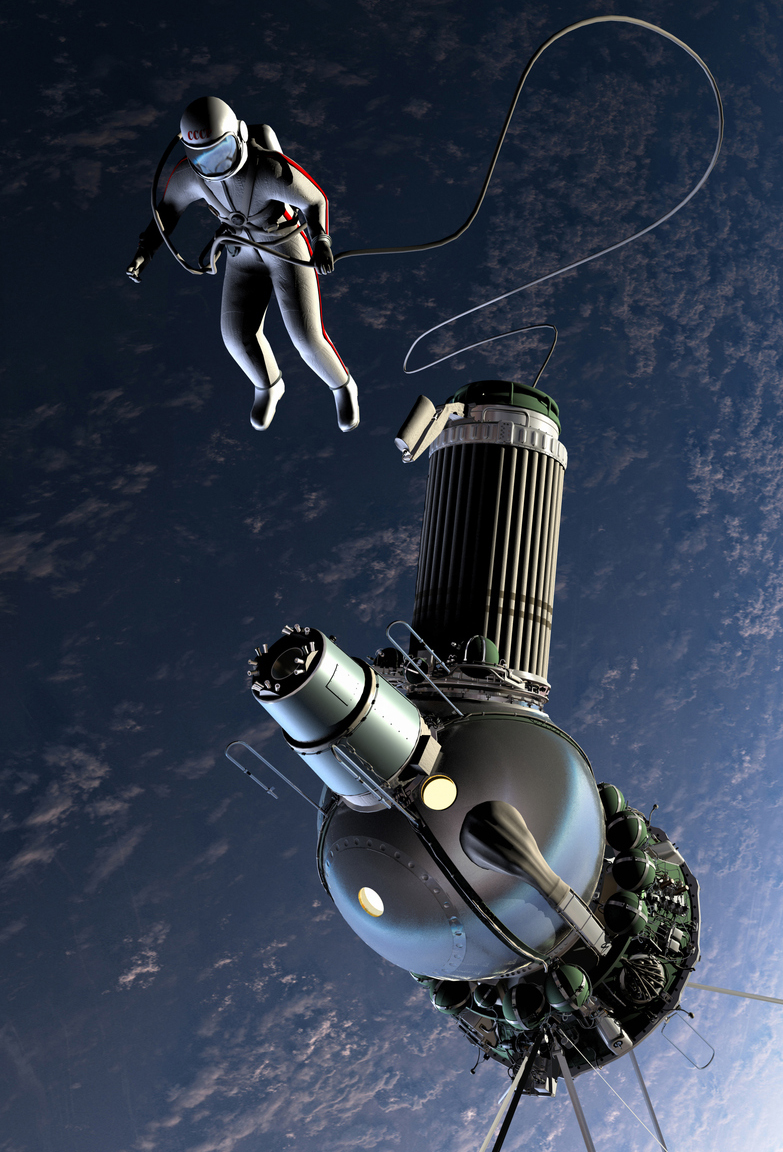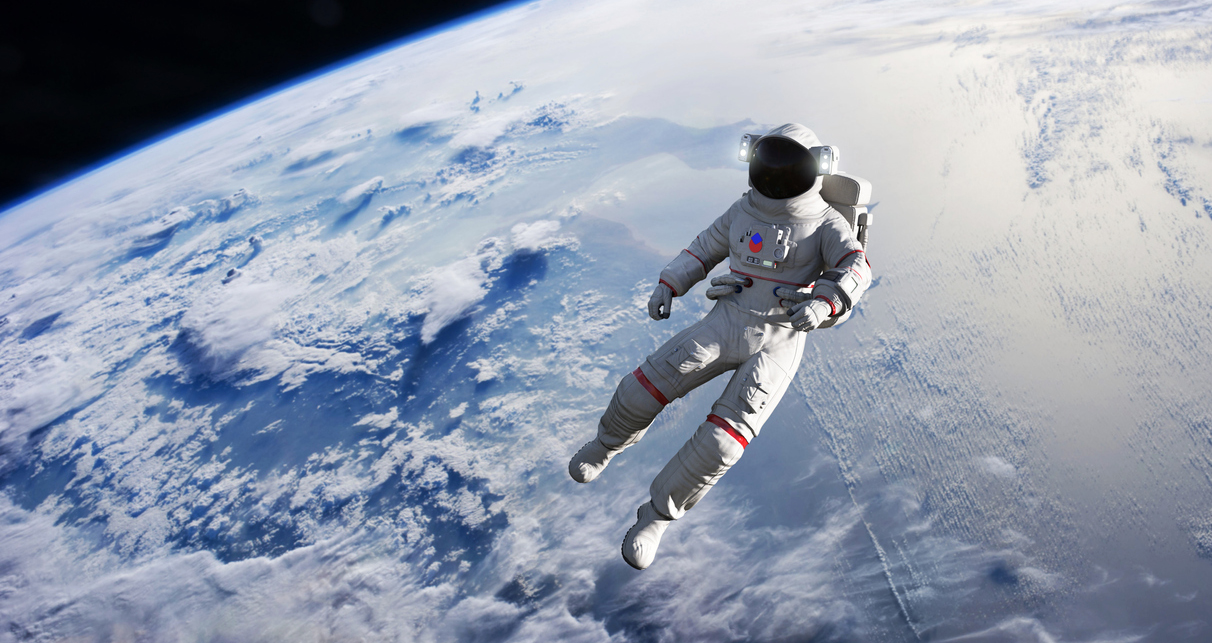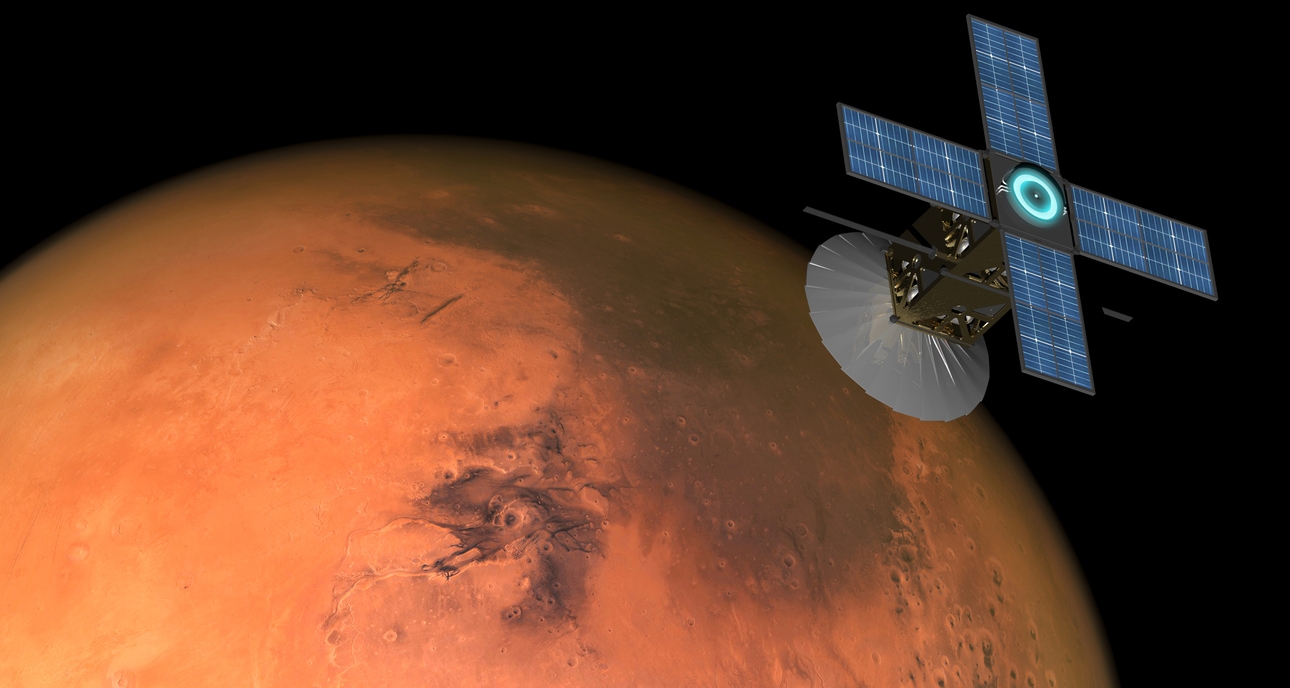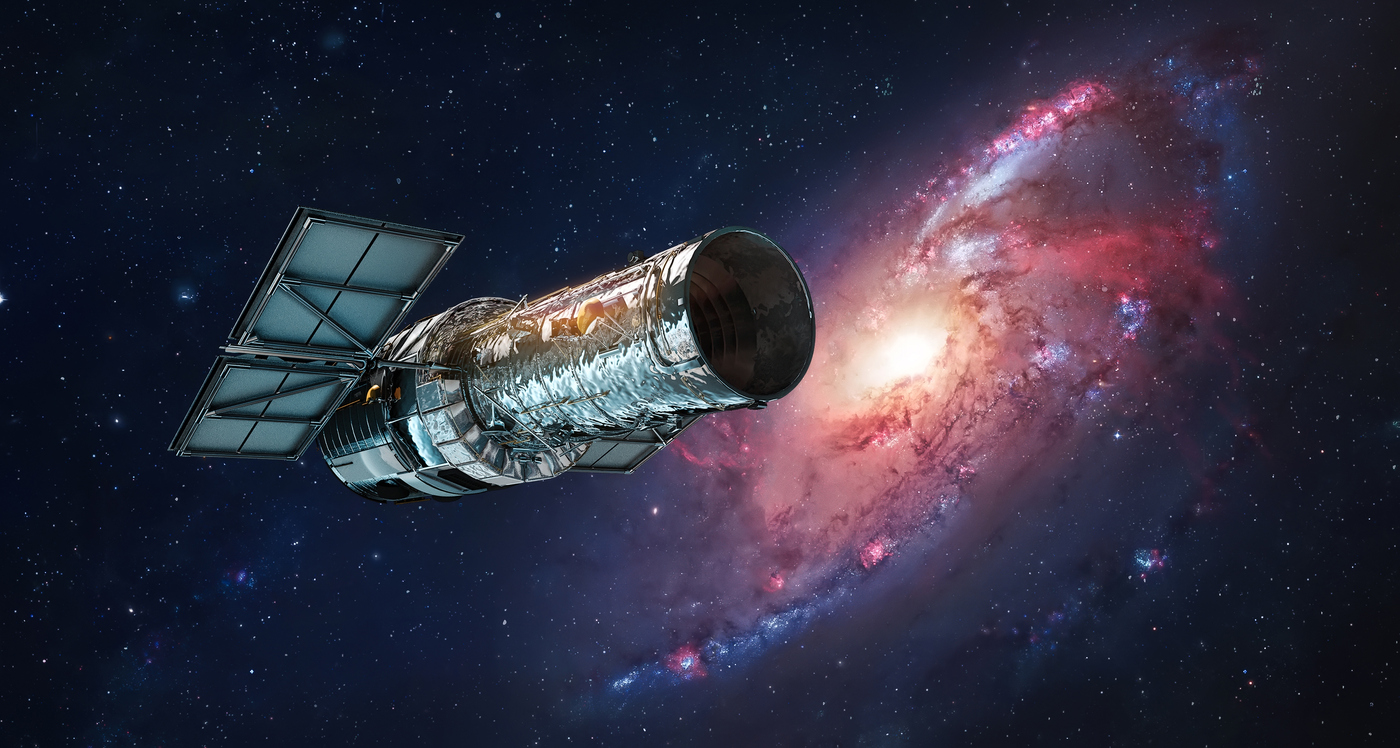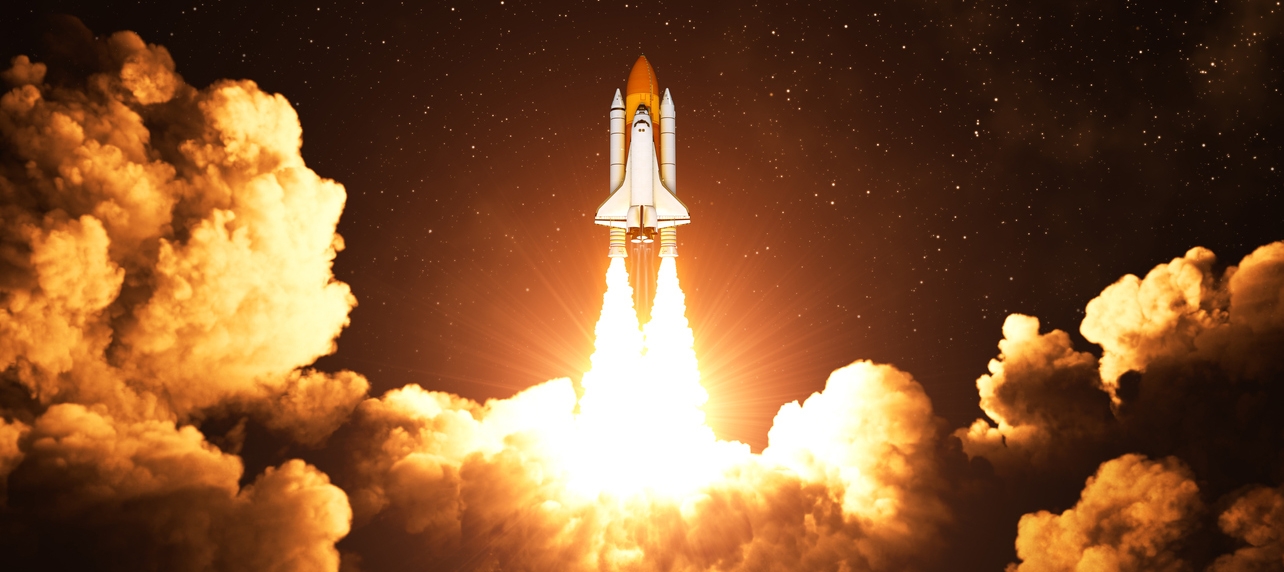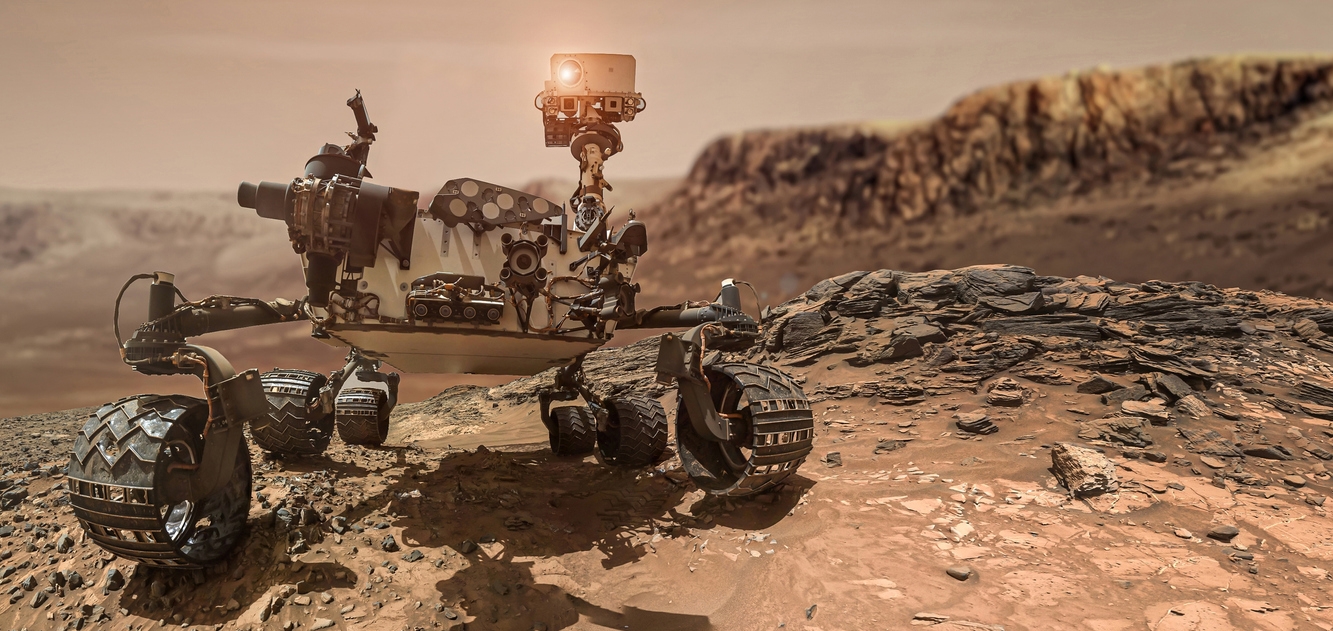Background
Many of us are curious about the nature of objects seen in the night sky. With this, countries started to develop rockets and advanced electronics, and other technologies in the 20th century. After that, it became possible to send animals, machines, and eventually people above the Earth’s atmosphere into outer space. However, before these achievements were made possible, space exploration had already captured the minds not only of aircraft pilots and scientists but as well as writers, artists, and more. [1]
The stronghold that space travel has always had on the imagination may well explain the reason behind professional astronauts consenting to their great danger. Perhaps, it also explains the reason space exploration has been a common and enduring theme in literature and art. There have been many missions on space exploration that have been launched in recent years. But how did it start, and what have we achieved so far? If you want to learn more about it, you’re in the right place. In this post, we are giving you a timeline of space exploration.
Pioneers in Fiction and Fact
Since ancient times, many people from different parts of the world have observed the heavens and used their study and explanations of astronomical phenomena for both religious and practical purposes. Some of them even dreamed of leaving Earth to explore other worlds. For instance, in the 17th century, the French satirist Cyrano de Bergerac wrote “Histoire comique des etats et empires de la lune” in 1656, and “Histoire comique des etats et empires du soleil” in 1662. Together in English, these are translated to “A Voyage to the Moon: With Some Account of the Solar World” in 1754. These described fictional journeys to the Sun and the Moon. [1]
After two centuries, Jules Verne, a French author, and H.G. Wells, an English novelist and historian, filled their stories with images of outer space and of spaceflight that were dependable with the best understanding of the time. They used sound scientific principles to describe space travel and encounters with extraterrestrial beings. However, to be able to interpret these fictional images of space travel into reality, it was essential to formulate some practical means of opposing the influence of the gravity of the Earth. [1]
At the beginning of the 20th century, the centuries-old technology of rockets had progressed to the point at which it was sensible to consider their use to fast-track objects to a velocity enough to enter orbit around Earth and escape the gravity of the Earth and travel away from the Earth. Below are some of the pioneers of fiction and fact when it comes to space exploration and rocketry.
Konstantin Tsiolkovsky
He was a Russian schoolteacher and mathematician. He was the first person to study the use of rockets for spaceflight in detail. Even up to his death in 1935, he continued to publish urbane studies on the hypothetical facets of spaceflight. He never did any experiments in rocketry, but his work influenced later space and rocket research greatly in the Soviet Union and Europe. [1]
Robert Hutchings Goddard
Robert Hutchings Goddard from the United States became attracted to space exploration when he read works like “The War of the Worlds.” Even as a young man, he was dedicated to working on spaceflight. In 1914, he got his first two patents for rocket technology. In 1919, with the backing from the Smithsonian Institution, he published the Method of Reaching Extreme Altitudes, which was a theoretical dissertation. However, his claim that rockets could be used to send objects to the Moon was ridiculed in the public press. With that, he conducted much of his work in secret, preferring to patent rather than publish his results. [1]
Hermann Oberth
Hermann Oberth was a Romanian by birth and a German by nationality. When he was young, he was inspired, after reading From the Earth to the Moon by Verne, to study the requirements for interplanetary travel. However, in 1922, his doctoral dissertation on the rocket-powered flight was rejected by the University of Heidelberg as it was too speculative for them. But the study became the basis for his classic book in 1923 titled The Rocket into Interplanetary Space. After that, he published more books about rocketry. His works helped in creating a number of rocket clubs in Germany. His ideas turned into reality when he became a guest at the July 16, 1969, launch of Apollo 11. [1]
The Beginning of Space Exploration
Human beings have been traveling into space since October 4, 1957, when the Union Soviet Socialist Republics (U.S.S.R.) launched Sputnik. It was the first artificial satellite to orbit Earth. It happened during the period of political hostility between the Soviet Union and the United States, which was known as the Cold War. For a few years, the two superpowers had been competing in developing missiles to carry nuclear weapons between continents. [2]
First Flights
Sputnik I and Sputnik II
In the U.S.S.R., Sergei Korolev, a rocket designer, had created the first intercontinental ballistic missile or ICBM. It was a rocket called the R7, which would start the space race. The competition came to a head when the Sputnik was launched. It was carried atop an R7 rocket. It was able to send out beeps from a radio transmitter. When it reached space, it orbited Earth once every 96 minutes. The radio beeps from the Sputnik could be detected on the ground as the satellite passed overhead. With this, people all over the world knew it was really in orbit.
The United States grew anxious when they grasped that the U.S.S.R. had aptitudes that surpassed United States technologies that could endanger Americans. After a month, the Soviets achieved an even more impressive space venture. On November 3, 1957, Sputnik II was launched. It was a satellite that carried a living creature, which was a dog named Laika. [2]
Explorer 1
Before the Sputnik was launched, the United States had been working on its own to launch a satellite. It made two failed attempts to launch a satellite into space before it succeeded with a rocket that carried a satellite. This rocket was called the Explorer 1 and was launched on January 31, 1958, being carried by the Jupiter-C launch vehicle by Braun. The team that achieved this first launch consisted mainly of German rocket engineers who had once developed ballistic missiles for Nazi Germany. [2] Explorer 1 carried out the experiment of Van Allen to measure cosmic rays. [1] It included the Geiger counter for detecting cosmic rays, which proved the existence of what is now understood as the Van Allen radiation belts around Earth. [2]
Development of Space Organizations
United States
The United States government discussed how best to organize itself for its space activities in response to the first Sputnik launches. Back then, the military services, especially the air force and the army, hoped that they would have a leading role in space.
President Eisenhower, as an alternative to the rivalry between the services, created within the Department of Defense the Advanced Research Projects Agency in February 1958 and assigned it responsibility for all U.S. space projects. Soon afterward, he decided to divide civilians from military space efforts and proposed the creation of a National Aeronautics and Space Administration (NASA) to manage the civilian segment. [1]
With NASA, space exploration activities in the United States were consolidated. It started operations in October 1958. It absorbed what had been called the National Advisory Committee for Aeronautics (NACA), along with other research and military facilities, such as the Army Ballistic Missile Agency in Huntsville. [2]
Soviet Union
In contrast to the United States, the Soviet Union had no separate publicly acknowledged civilian space agency. Different design bureaus had great influence within the Soviet system for 35 years. The rivalry between those bureaus and their heads was a constant challenge to a coherent Soviet space program. The choices when it came to space policy were made by the Politburo of the Central Committee of the Communist Party together with the Soviet government’s Council of Ministers.
After 1965, the government’s Ministry of General Machine Building was assigned responsibility for managing all Soviet space and missile programs. There was a separate military branch called the Strategic Missile Forces, in charge of space launchers and strategic missiles. Scientific missions, on the other hand, were proposed and managed by various institutes of the Soviet Academy of Sciences, specifically the Institute for Space Research or IKI.
Russia only created a civilian organization for space activities after the dissolution of the U.S.S.R. The Russian Federal Space Agency, or Roskosmos, was formed in February 1992. It’s the central focus of the space policy and programs of the country. [1]
Europe
The government of France created the French Space Agency in 1961. It eventually became the largest national organization of its kind in Europe. Other European countries gradually formed government or government-sponsored organizations for space. Some of them include the German Aerospace, the Italian Space Agency, and the U.K Space Agency.
In 1964, the European Space Research Organization began operations. It was created at the initiative of European scientists to pool government resources in support of space science. The organization was joined by ten western European countries as well as Australia. In the same year, the European Launcher Development Organization was established, which includes seven European member states. It was created to develop a space launch vehicle for Europe. [1]
Japan
In 1964, the University of Tokyo established the Institute of Space and Astronautical Science (ISAS). It developed scientific spacecraft and the vehicles required to launch them. In 1970, it launched Osumi, which was the first satellite of Japan. In 1969, the National Space Development Agency (NASDA) was founded by the Japanese government. It built a large launch vehicle named the H-II. In 2003, these organizations were merged into a new one, which is called the Japan Aerospace Exploration Agency (JAXA). [1]
Important Events in Space Exploration
In addition to the studies, creation of satellites and rockets, and the first flights into space, there are many important events that occurred in the past years when it comes to space explorations. Below are some of them:
First Humans in Space
The very first human to be sent into space was the Soviet cosmonaut Yuri Gagarin. He made one orbit around the Earth on April 12, 1961. His flight lasted 108 minutes. More than three weeks later, astronaut Alan Shepard was launched into space by NASA. However, he was not on an orbital flight but on a suborbital trajectory. It was a kind of flight that goes into space but does not go all the way around Earth. His flight lasted for only 15 minutes. On May 25, after three weeks, President John F. Kennedy challenged the United States to an ambitious goal, which was landing a man on the moon and returning him safely to Earth. [2]
Soviet Union’s Milestones
Aside from launching the first artificial satellite, the first dog and human in space, the Soviet Union achieved another milestone in space exploration ahead of the United States. One of these was Luna 2, which was the first human-made object to hit the moon in 1959. After that, Luna 3 was launched.
About four months after the flight of Yuri Gagarin in 1961, there was a second Soviet human mission that orbited a cosmonaut around the Earth for a full day. In addition to that, the U.S.S.R. also achieved the first spacewalk and launched Vostok 6 mission, making Valentina Tereshkova the first woman to travel to space on June 16, 1962. [2]
Landing a Human on the Moon
NASA, during the 1960s, made progress toward President Kennedy’s goal of landing a human on the moon with the program named Project Gemini. In this mission, astronauts tested the technology needed for future flights to the moon. They also tested their own ability to endure many days in spaceflight.
Project Gemini was followed by Project Apollo. It took astronauts into orbit around the moon and to the lunar surface from 1968 to 1972. On July 16, 1969, Apollo 11 was launched, and on July 20, 1969, the United States sent the first astronauts to the Moon. Neil Armstrong was the first human to set foot on its surface. During that mission, the astronauts collected samples of rocks and lunar dust that will be used to learn about the moon. In the 1960s and 1970s, NASA launched a series of space probes referred to as Mariner. It studied Mercury, Venus, and Mars. [2]
Space Stations
The next phase of space exploration was marked by the creation of space stations. In 1971, the Soviet Salyut 1 station was launched. It was the first space station in Earth orbit. It was followed by the Skylab space station of NASA, which was the first orbital laboratory wherein astronauts and scientists studied Earth and the effects of spaceflight on the human body.
Aside from that, in the 1970s, NASA also carried out Project Viking, wherein two probes landed on Mars and took numerous photographs. They also examined the chemistry of the Martian surface environment and tested the Martian dirt to see any presence of microorganisms. [2]
Free-Flying in Space
On February 3, 1984, Bruce McCandless became the first person to do a spacewalk without being attached to a spacecraft. In this mission, he tested a manned maneuvering unit, which enabled him to travel away from the orbiter during a 90-minute spacewalk. [4]
Unpiloted Probes and Space Instruments
When the Apollo lunar program ended in 1972, the space exploration of humans was limited to low-Earth orbit, where many countries participated and conducted research on the International Space Station. But there are unpiloted probes that have traveled throughout our solar system. Probes, in recent years, have made a range of discoveries. These include the fact that the moon of Jupiter, named Europa, and the moon of Saturn, called Enceladus, have oceans under their surface ice, which scientists think may harbor life. [2]
Aside from that, there are also lots of instruments used in space, including the Kepler Space Telescope. It is a kind of instrument that is used to discover thousands of exoplanets or those planets that orbit other stars. The exoplanet discovery era started in 1995. At the present time, advanced technology is used to enable instruments in space to characterize the atmospheres of some of these exoplanets.
The Hubble Space Telescope
The Hubble Space Telescope was placed into orbit on April 25, 1990, by crew members of the space shuttle Discovery. It was named after Edwin Powell Hubble. It was a large reflecting telescope that was the most sophisticated optical observatory ever to orbit Earth. It collected photographs that have truly revolutionized the field of astronomy. [3]
Near Earth Asteroid Rendezvous (NEAR)
On February 17, 1996, Near Earth Asteroid Rendezvous (NEAR) was launched. It journeyed to the Mathilde asteroid for a flyby. On February 12, 2001, it landed on the Asteroid 433 Eros and transmitted close-up images of the surface during its final descent. This was the first spacecraft mission that was designed specifically to study an asteroid. [5]
The First Space Tourist
On April 28, 2001, Dennis Tito, a billionaire businessman from California, became the first passenger to go to outer space. This was made possible when he paid $20,000,000 for his trip. He set off from Kazakhstan for an 8-day holiday aboard the International Space Station. [4]
Columbia Accident
On February 1, 2003, a tragedy of STS-107 occurred. This event led to a stand-down of the Space Shuttle program for over two years, a break in most construction for the International Space Station, and the decision to retire the shuttle by the end of the decade. The event was traumatic as its seven crew members died, including international astronauts.
On July 26, 2005, the return to flight with STS-114 brought a return to activity for the United States human spaceflight program. However, the imminent retirement of the Space Shuttle opens questions about how the United States will undertake human activities in space. [5]
Mars Exploration Rovers
On January 3, 2004, the “Spirit” rover came to land on Mars and was followed by “Opportunity” on January 25. Since then, both of those rovers have been operating on the Martian surface and returning scientific findings that are restructuring our knowledge of the red planet. One of those is that Mars was once a watery world, and it’s possible that water may yet be under its surface. The discovery has profound consequences for the possibilities of life having once been there. [5]
SpaceShipOne
Launched from its White Knight mothership, the rocket-powered SpaceShipOne, along with its pilot, ascended just beyond the atmosphere. It arced through space, but not into orbit, then safely glided back to Earth. Its three flights represented the first time in which a privately-developed spacecraft reached space. These flights were part of the Ansari X-Prize competition to make a robust and reliable piloted space vehicle that could offer space tourism to a broad set of participants. Its success led to prospects for suborbital space tourism to expand as successor vehicles are being built. [5]
Stardust Comet Sample Return Mission
Stardust was the first space mission of the United States that was solely dedicated to returning extraterrestrial material from beyond the Moon. It collected samples from Comet Wild 2 and interstellar dust. Stardust was launched in 1999. It returned to Earth after seven years, landing in the Utah desert in 2006. Its canister containing samples was sealed. One of the major discoveries from the Stardust is that ice-rich comets, the coldest and most distant bodies in the solar system, also have fragments of materials. [5]
Conclusion
In addition to the space exploration events that we’ve mentioned in this post, there are many more missions being conducted today by the various space organizations in the world. As technologies become more advanced, more and more explorations and knowledge are being gained by people here on Earth about the nature of objects that most of us only see in the night sky. We hope this post helped you learn more about the timeline of space exploration.
References
[1] Logsdon, J. M. (2022, June 6). Space Exploration. Encyclopædia Britannica. Retrieved June 30, 2022, from https://www.britannica.com/science/space-exploration
[2] Wilkinson, F. (2022, June 2). The History of Space Exploration. National Geographic Society. Retrieved June 30, 2022, from https://education.nationalgeographic.org/resource/history-space-exploration
[3] Gregersen, E. (n.d.). 5 Unforgettable Moments in the History of Spaceflight and Space exploration. Encyclopædia Britannica. Retrieved June 30, 2022, from https://www.britannica.com/list/5-unforgettable-moments-in-the-history-of-spaceflight-and-space-exploration
[4] The BBC. (2016, January 15). 10 Key Moments in Space Exploration. BBC News. Retrieved June 30, 2022, from https://www.bbc.com/news/science-environment-35326827
[5] Air and Space, E. (2010, December 30). Ten events of great significance in space exploration during the twenty-first century’s first decade. National Air and Space Museum. Retrieved June 30, 2022, from https://airandspace.si.edu/stories/editorial/ten-events-great-significance-space-exploration-during-twenty-first-century
[6] National Archives and Records Administration. (2016, August 21). Space exploration. National Archives and Records Administration. Retrieved June 30, 2022, from https://www.archives.gov/research/alic/reference/space-timeline.html

